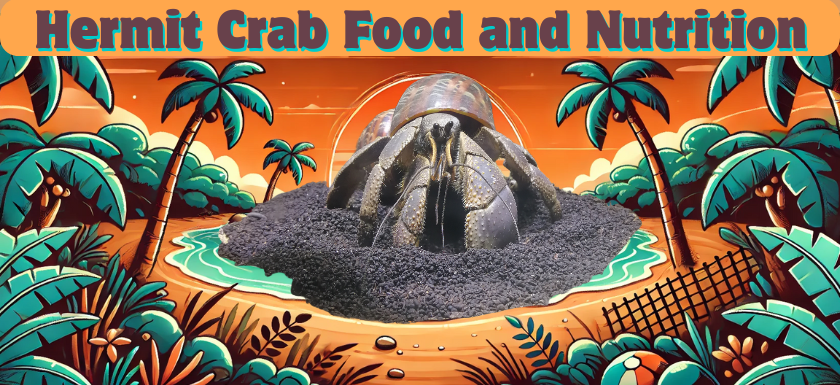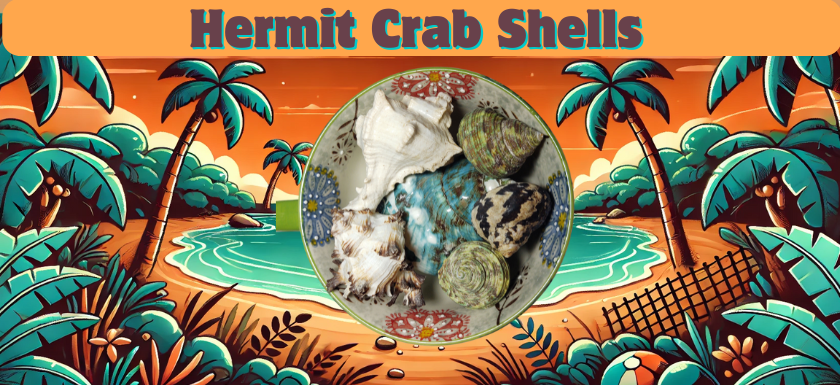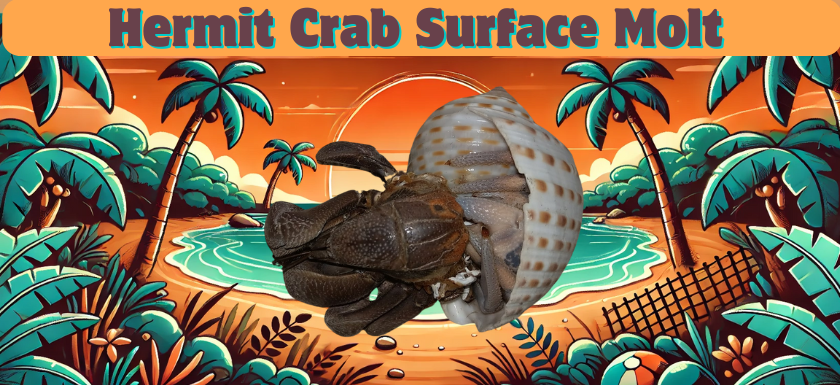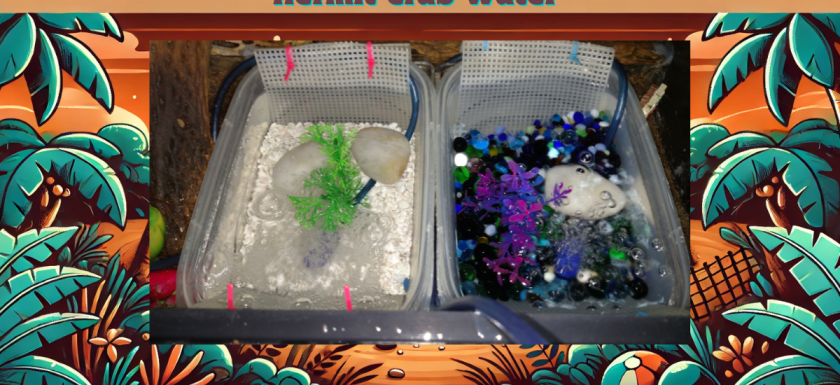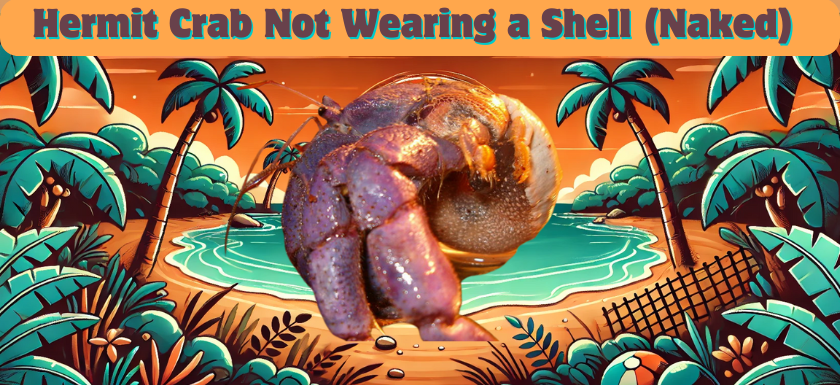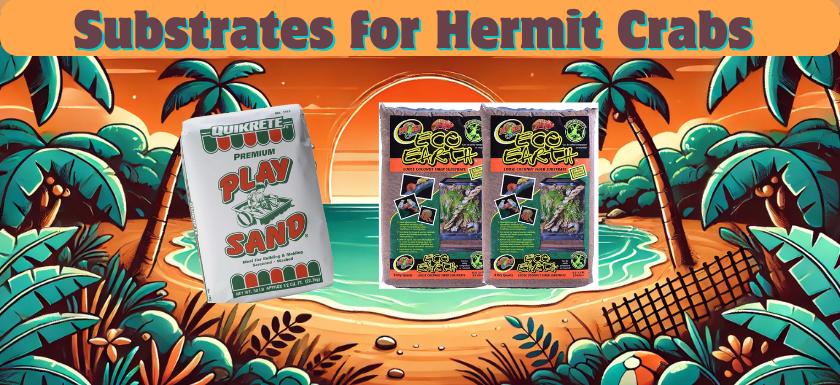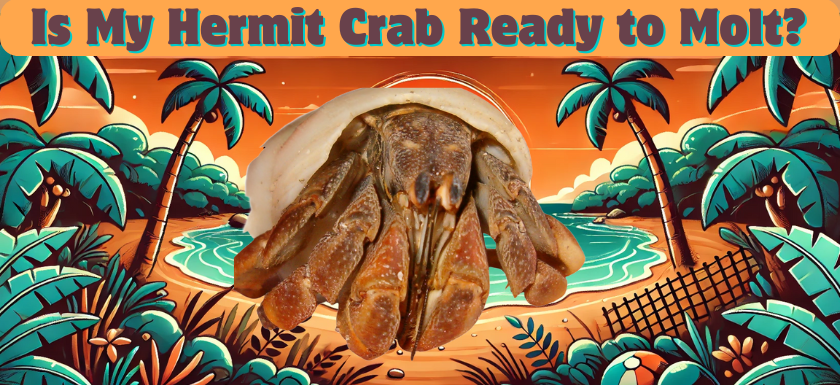How to properly use a thermostat with a heat mat for land hermit crabs
by Stacy Griffith Contributor Stacey May – My Hungry Hermit Why should I use a thermostat with my heat mat? Hermit crabs need a consistent temperature range of 75-85°F (24-29.4°C) in their habitat (crabitat). A reptile heat mat provides gentle warmth, while a thermostat with a probe prevents overheating by regulating the output of the heat mat. Step-by-Step Guide to Setting Up a Heat Mat with a Thermostat 1. Choosing the Right Heat Mat 🔥 Recommended Heat Mat: Ultratherm at Bean Farm If you have issues finding an Ultratherm, I recommend this heat mat: Kabasi’s Heat Mat for Reptiles (Amazon) 2. Attaching the Heat MatRead More →



